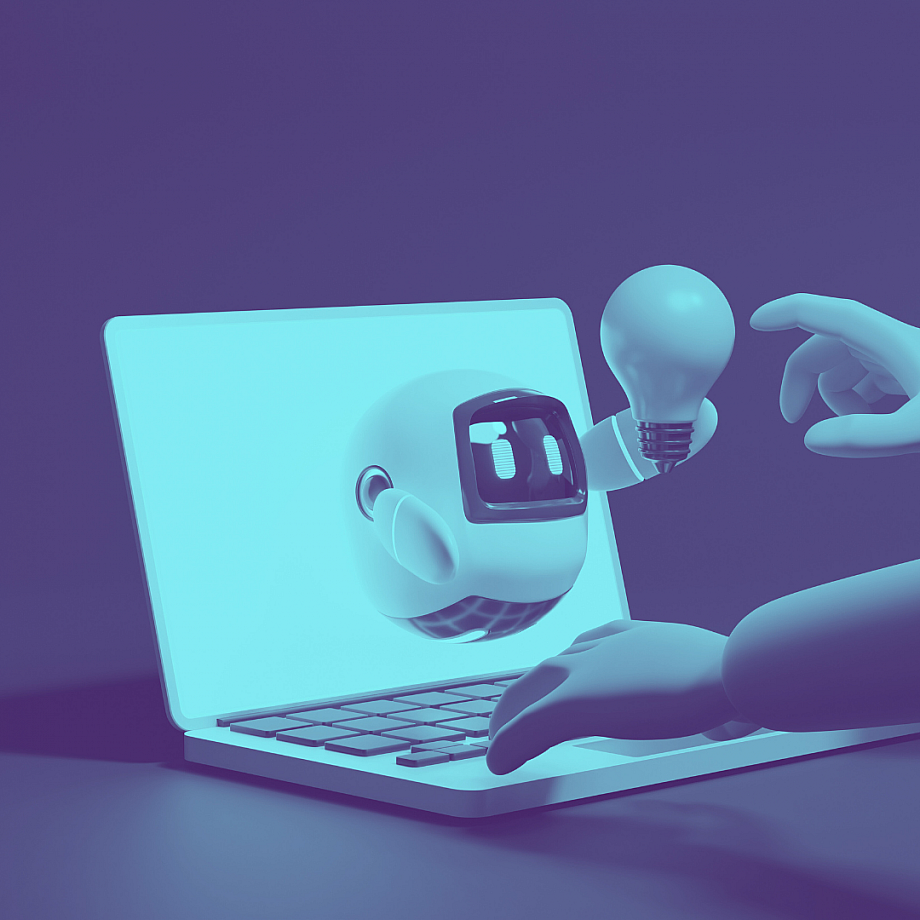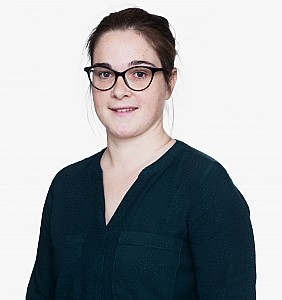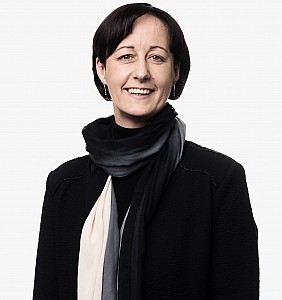DABUS and the Future of AI-Driven Inventions

I’m sure everyone will agree when I say that one of the greatest flaws in Cyberdyne’s Skynet was the disregard for proper protection of its creations in terms of IP. Of course, it did also set out to eradicate mankind, which is a debatable way to secure your market share – whatever market that may be left.
For now, the onset of artificial intelligence has not reached such a worrying level (that we know of), but it has already had an enormous impact in concept creations on multiple levels, from the first steps of pure concept building to actual implementation, to an extent that questions arise about who is the owner of such an AI generated concept, and forcing the legal systems to come up with answers, and fast.
One such tale, is that of DABUS. DABUS, standing for Device for the Autonomous Bootstrapping of Unified Sentience) was created by Dr. Stephen Thaler. DABUS, which itself was patented by Dr. Thaler (US7454388 for instance), is an AI capable of autonomously generating novel ideas. Two of these inventions were submitted by Dr. Thaler for patent protection in multiple jurisdictions, one for an improved food container, another for an improved alerting system. As is proper for a patent application in any jurisdiction, an inventor is required to be designated, and Dr. Thaler filled in DABUS’ name on the forms. In Europe and the rest of the work, these developments presented immediate and practical implications for the legal framework surrounding innovation.
The Core Legal Challenge: Inventorship
Under the European Patent Convention (EPC), the concept of inventorship is explicitly tied to natural persons, as is the case in many other countries (or will be, because of this precedent). This requirement has been consistently upheld by the European Patent Office (EPO), which has rejected applications listing DABUS as the sole inventor – as well as a number of variations that reminded of Prince’s later artist names (see recent EPO Decision in EP 21 216 024.6). These decisions reinforce the notion that inventorship requires a human mind to be the source of the inventive concept.
However, as AI systems like DABUS grow increasingly sophisticated, this strict adherence to human inventorship poses complex questions. When an AI’s role in creating an invention surpasses that of human contributors, such as merely setting parameters or curating data, should the definition of inventorship evolve? Alternatively, would expanding inventorship to include AI risk undermining the principles that underpin the patent system?
Ownership and Accountability
Even if AI systems were acknowledged as inventors, the question of ownership remains unresolved. Patents confer rights and responsibilities, which AI systems themselves cannot assume. Assigning ownership to the developer, operator, or another stakeholder could give rise to disputes, especially in cases where the AI’s creation process involves multiple entities. Of course, this issue is inherently also present in the ‘normal’ situations, but having a non-human inventor only adds to the difficulty. Robust contractual agreements could probably avoid most of these situations to become actually troublesome, but it’s yet another loophole to be closed.
Accountability is another critical issue. Patents are intended not only to incentivize innovation but also to ensure accountability for their application and potential misuse. Without clear structures for responsibility, the patent system could become vulnerable to exploitation, eroding the incentives it is designed to provide.
The Broader Implications for Patentability
The DABUS case highlights broader issues of patentability in an AI-driven landscape. European patent law evaluates inventive step—a core criterion of patentability—from the perspective of a "person skilled in the art." However, as AI systems exceed human capabilities in certain areas, traditional benchmarks for obviousness and inventiveness are called into question.
For example, if an AI system generates an invention that would be inconceivable to human experts, does this inherently satisfy the requirement for non-obviousness? Or should the inventive step be reassessed to incorporate the capabilities of AI? These questions underscore the need for refined legal interpretations as AI continues to influence innovation.
They may even lead to a further step towards objectivization and standardization (at least on national level) on the threshold of inventive step.
Current International Landscape
As it stands, the legal recognition of DABUS as an inventor has varied across jurisdictions, illustrating a lack of global consensus on this issue:
- South Africa: In a landmark decision, South Africa’s patent office became the first to grant a patent listing DABUS as the inventor, recognizing the AI’s contribution directly, although not explicitly. The South African patent system only performs an examination in terms of formalities, so whether the decision to grant was deliberate or the result of the right boxes being ticked, is questionable. This decision may reflect a willingness to adapt existing frameworks to accommodate AI-driven innovation, given that they eyes of the (patent) world were on the DABUS files in these past few years.
- Australia: The Federal Court of Australia initially ruled in favor of DABUS being listed as an inventor, interpreting the term "inventor" broadly. However, this decision was later overturned on appeal, reaffirming the human-centric interpretation of inventorship.
- United States: In the US, the courts have upheld the requirement for inventors to be natural persons, rejecting DABUS’s claims to inventorship. The US Patent and Trademark Office (USPTO) has emphasized that current statutes do not permit AI to be named as an inventor.
- United Kingdom: The UK’s Intellectual Property Office and subsequent court rulings have maintained that inventorship under UK law requires a human creator, dismissing applications listing DABUS.
For now, in most of the major territories, the same line was held, that an inventor needs to be human (alas, no flowers for Algernon). It remains to be seen if that line will buckle in the future.
Future Considerations
The advent of systems like DABUS presents both challenges and opportunities for the patent system. While such cases expose gaps in existing legal frameworks, they also offer a chance to rethink how innovation is protected and incentivized in an AI-driven era. Finding a balance between preserving human ingenuity and embracing the potential of AI will be critical. It is safe to say that the use of AI will grow in any conceivable field and application, and not the least in innovation, and it demands a thoughtful and adaptive response from the legal community.
A number of questions arise from this new situation. Firstly, will the definition of “inventorship” be reconsidered in light of AI ‘assistance’ in innovation, and how will this be resolved with existing legal frameworks, such as the need to assign rights to the eventual applicant? Secondly, will the definition of “inventive step” (or its counterpart) change if the definition of the inventor would shift? And finally, when and where will the change start?
Do you have a question?
We would be happy to assist you.
Make an appointment with one of our experts.
Rest assured, you're not alone.
Feel free to browse through the FAQ and don't hesitate to
contact us if you still have any doubts.




